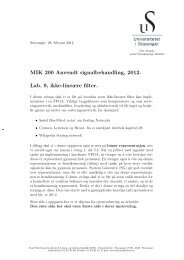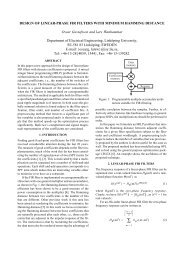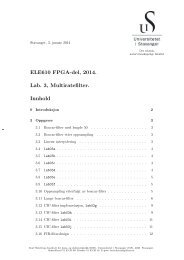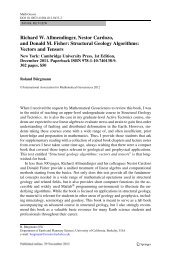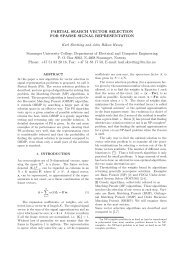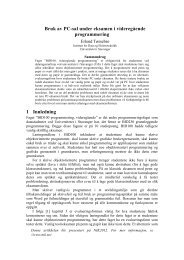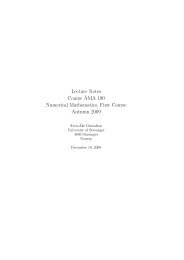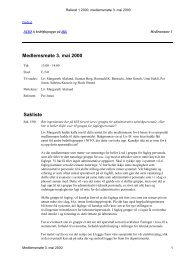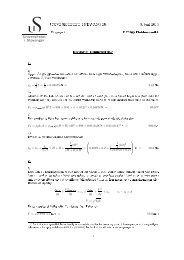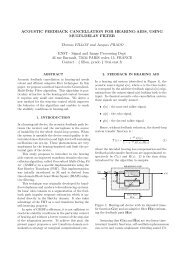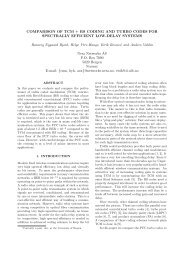MODELING OF LOW SALINITY EFFECTS IN SANDSTONE OIL ...
MODELING OF LOW SALINITY EFFECTS IN SANDSTONE OIL ...
MODELING OF LOW SALINITY EFFECTS IN SANDSTONE OIL ...
You also want an ePaper? Increase the reach of your titles
YUMPU automatically turns print PDFs into web optimized ePapers that Google loves.
20 OMEKEH, EVJE, AND FRIIS0.8Recovery0.70.6oil recovery0.50.40.30.2LSWLSW1LSW2LSW30.100 1 2 3 4 5 6Time (days)Figure 8. Oil recovery for different invading low salinity brines. LSW showingthe least recovery since there was no change in H-function in Fig. 7.x 10 −4BetaMgx 10 −34.5BetaCa12 x 10−3BetaNa14410123.538102.5826640 0.5 1Dimensionless distance1.510.500 0.5 1Dimensionless distance420 0.5 1Dimensionless distanceInitial0.1333days0.33330.66671.33332.00004.00006.0000Figure 9. Plots showing the various β-functions along the core at different timesduring a time period of 6 days, for the case with LSW3 as the invading low salinitybrine. Note that there is desorption of both divalent ions. Left: β mg . Middle:β ca . Right: β na .Clearly, when LSW brine is injected there is no positive low salinity effect in terms of improvedoil recovery, see Fig. 8. However, the injection of the modified low salinity brines, LSW1, LSW2,and LSW3 led to different degrees of desorption of the divalent ions. Fig. 9 shows desorption ofmagnesium and calcium ions during LSW3 flooding. Fig. 10 shows the corresponding change inthe H-function which moves from 1 towards a lower value as a result of the desorption of calciumand magnesium ions originally attached to the rock. This leads to an almost immediate improvedflow of oil behind the water front. See Fig. 11 for a comparison of the water front behavior forLSW3 versus LSW.The main difference between the low salinity brines LSW1, LSW2, and LSW3, is that LSW2leads to a desorption of calcium ions only, LSW1 leads to a greater desorption of calcium ions,whereas LSW3 leads to desorption of both magnesium and calcium ions. This is the explanationfor the various recoveries seen in Fig. 8.



